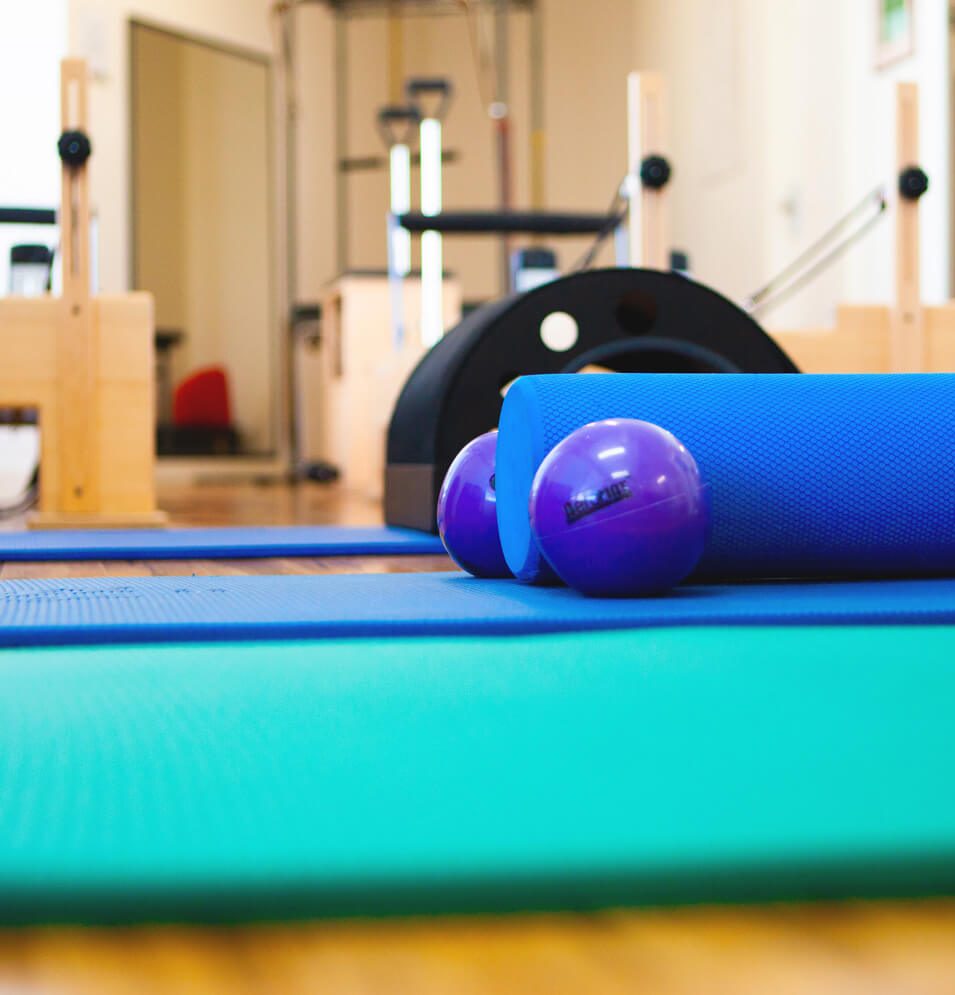A torn cartilage/meniscus is a very common knee injury.
It can happen while playing sport, at work and also while doing household activities.
Causes
The tear more often than not occurs when we twist on the knee with the foot firmly anchored on the ground.
The amount of pain caused by a meniscal tear can vary.
With a small meniscal tear, there may be no pain/or very little at the time of injury.
However there will be swelling and an increase in discomfort over the following 24-48 hours.
People who sustain a more severe meniscal tear (sometimes called a ‘bucket handle tear’) will have pain at the time of injury, with a restriction of knee movement.
Swelling will occur in the next few hours and sometimes intermittent locking can occur.
The locking is due to the torn flap getting caught between the two main bones of the knee, and will normally spontaneously unlock when the flap of cartilage becomes released (un-trapped).
What are they and what do they look like?
The menisci are two half moon shaped cartilages that make the two main bones of the knee (the femur, the top bone and the tibia, the bottom bone) congruent (fit together).
They attach to the top of the tibia and generally have a poor blood supply.
Clinical signs
The most important signs of meniscal tear is joint line tenderness with the presence of joint effusion (swelling).
There is also normally a restriction of ‘range of movement’ of the knee joint and/or intermittent locking of the knee may occur.
Treatment
Management of meniscal tears depends on the severity of the condition. A small or minor tear may be treated conservatively, i.e. physiotherapy combined with the GP.
A large tear (bucket handle) that is causing locking will require surgery followed by rehabilitation by your physiotherapist.
Surgery is normally arthroscopic surgery (keyhole surgery) where the aim is to keep as much of the menisci in the knee as possible, only removing the bit that is damaged.
Some menisci are suitable for repair where the surgeon sews the menisci back together.
This is not done often due to the poor blood supply to the menisci.
Rehabilitation after meniscal surgery
The rehabilitation should start before surgery is performed.
This is important, to reduce pain and swelling, while maintaining range of motion and muscle strength.
Your physiotherapist will start your rehabilitation before surgery and continue it after surgery.
The rehabilitation principles following arthroscopic surgery are:
- To control pain and swelling
- To regain pain-free range of motion
- Graduated weight bearing
- Progressive strengthening of surrounding musculature
- Return to functional activities
For more information see your local Lifecare practitioner.
Click here to find your closest Lifecare clinic.


